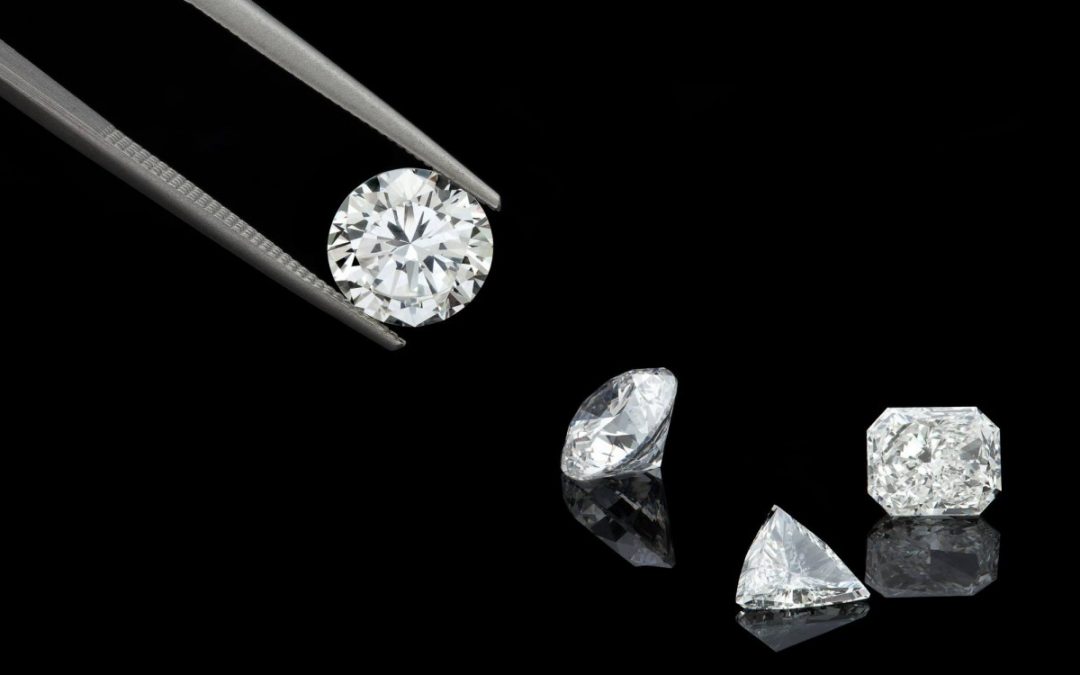When you think of diamonds, you might picture a sparkling gem coveted for its beauty and rarity. But what if I told you that mined diamonds are not rare as they seem? This perception is steeped in history, marketing tactics, and a bit of industry sleight of hand. Let’s unravel this intriguing topic together!
Table of Contents
Understanding the Diamond Market
The History of Diamonds
Diamonds have held a prominent place in human culture for centuries. Initially, they were valued for their hardness and used in tools. However, their transformation into symbols of wealth and love began in the 19th century. With the discovery of diamond mines in South Africa, the market was set ablaze, and diamonds became the go-to gemstone for engagement rings.
How Diamonds Are Mined
Mined diamonds come from the Earth’s crust, often from volcanic pipes or alluvial deposits. The extraction process can be labor-intensive and environmentally damaging, yet companies have profited immensely. From open-pit mining to underground techniques, the methods vary but the goal remains the same: to unearth these precious stones.
The Myth of Rarity
What Makes Diamonds Seem Rare?
So, why do we believe diamonds are rare? The diamond industry has cleverly crafted this narrative. Limited availability is touted, and the allure of rarity has been ingrained in our minds. But the truth is, diamonds are more abundant than the industry would have you believe.
Supply vs. Demand
The balance between supply and demand plays a significant role in the perceived rarity of lab made diamonds. While diamonds are technically abundant, marketing campaigns have inflated their desirability. This creates an illusion of scarcity, driving up prices and making people think they’re rare gems worth splurging on.
The Role of Marketing in Diamond Rarity
De Beers and the Diamond Monopoly
Let’s talk about De Beers. This company has dominated the diamond market for over a century. They effectively controlled supply, ensuring that only a limited number of diamonds hit the market at any given time. This manipulation helped maintain high prices and perpetuated the myth of rarity.
Advertising Campaigns
De Beers’ famous tagline, “A Diamond is Forever,” is a prime example of successful marketing. This campaign solidified the diamond’s association with love and commitment, influencing generations to believe that diamonds are essential for significant life events, like engagements and weddings.
The Reality of Diamond Supply
Global Diamond Production
In recent years, diamond production has increased significantly. Countries like Russia, Botswana, and Canada are major players in the diamond mining game, producing millions of carats each year. The more diamonds produced, the less rare they become.
Major Diamond Producers
Russia leads the pack, contributing around 30% of the world’s diamond production. Other key players include Botswana and Canada, where diamond mining is a significant part of the economy. These countries continually discover new deposits, further debunking the rarity myth.
Emerging Sources
New diamond sources are also popping up in unexpected places, like Angola and Australia. As technology advances, mining operations become more efficient, allowing for the extraction of diamonds previously deemed unfeasible. The result? An ever-increasing supply that challenges the idea of rarity.
Comparing Diamonds to Other Gemstones
Scarcity of Other Gemstones
When we think about gemstones, diamonds often take center stage. But many other stones, like rubies, emeralds, and sapphires, are actually rarer. These stones can sometimes fetch higher prices simply because they’re harder to find.
Why Diamonds Are Overrated
While diamonds shine brightly, other gemstones have their unique allure and history. In many cases, they offer more character and beauty than a standard diamond, making the diamond industry seem a bit overrated. Why settle for a diamond when a vibrant sapphire or a rich emerald might suit your style better?
Environmental and Ethical Considerations
Impact of Diamond Mining
Let’s not forget the environmental impact of diamond mining. The process can lead to deforestation, habitat destruction, and pollution. This raises important ethical questions about whether we should be supporting an industry that harms the planet.
Ethical Alternatives
With growing awareness of these issues, many consumers are turning to ethical alternatives. Lab-grown diamonds, for instance, provide a sustainable choice without the negative environmental impact. They offer the same beauty and quality as mined diamonds but with a clear conscience.
The Future of Diamonds
Lab-Grown Diamonds vs. Mined Diamonds
The rise of budget lab grown diamonds is changing the landscape. They are chemically identical to mined diamonds and often come with a significantly lower price tag. As technology improves, these stones are becoming more popular, challenging the traditional diamond market.
Changing Perceptions
As more people learn about the truths behind diamond rarity and ethical concerns, perceptions are shifting. Consumers are increasingly prioritizing ethical sourcing and sustainability over traditional notions of luxury. This trend could reshape the future of the diamond industry entirely.
Are mined diamonds really rare?
Not really! While the marketing of diamonds has created a perception of rarity, they are more abundant than many believe, especially with increasing production worldwide.
Why are diamonds so expensive if they aren’t rare?
The high prices of diamonds are largely due to historical marketing practices, supply control by major companies, and consumer demand. The perceived rarity and emotional significance also play significant roles.
Conclusion
In a world increasingly aware of ethical and environmental issues, the perception of mined lab diamonds as rare treasures is being challenged. While they may sparkle beautifully, the truth is that they are not as rare as we’ve been led to believe. As we embrace more ethical and sustainable options, like lab-grown diamonds, we can redefine our relationship with these precious stones. So next time you’re considering a diamond, remember: beauty doesn’t have to come at the cost of rarity!

